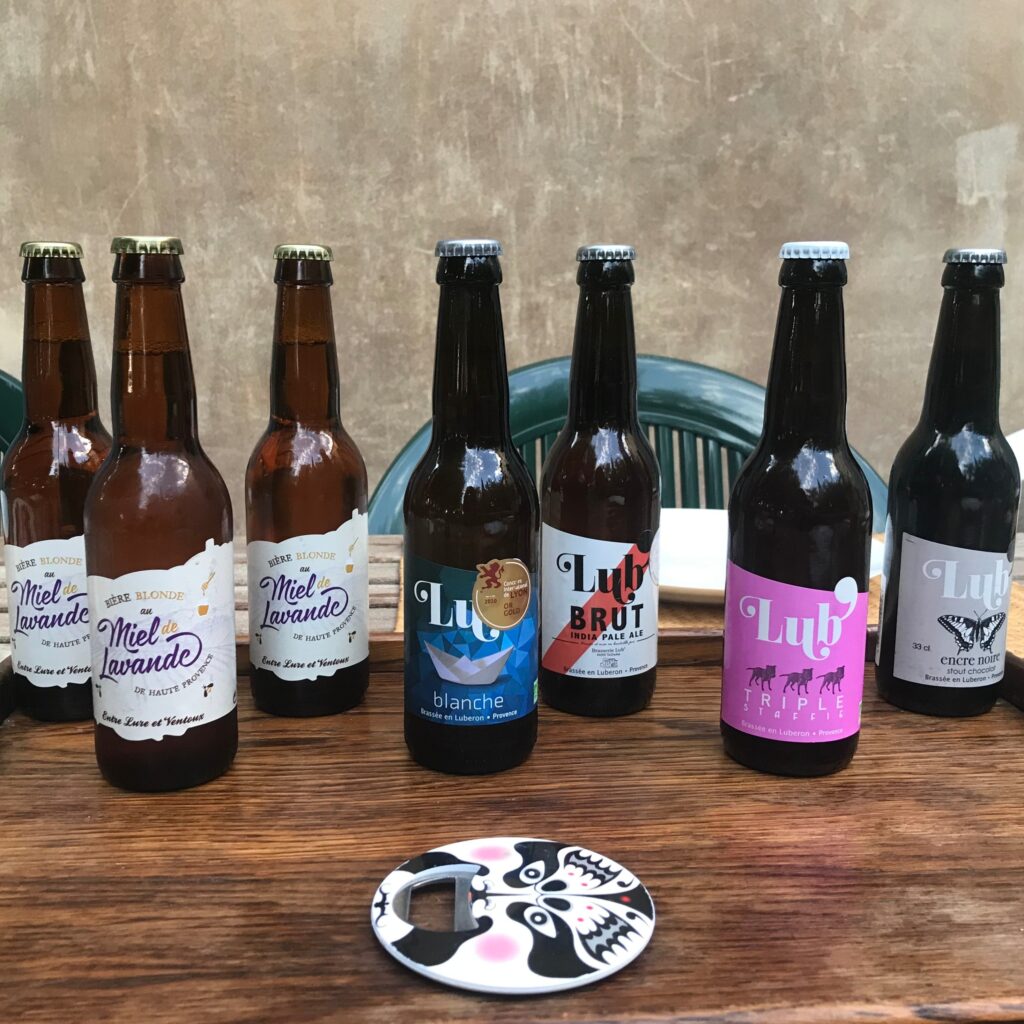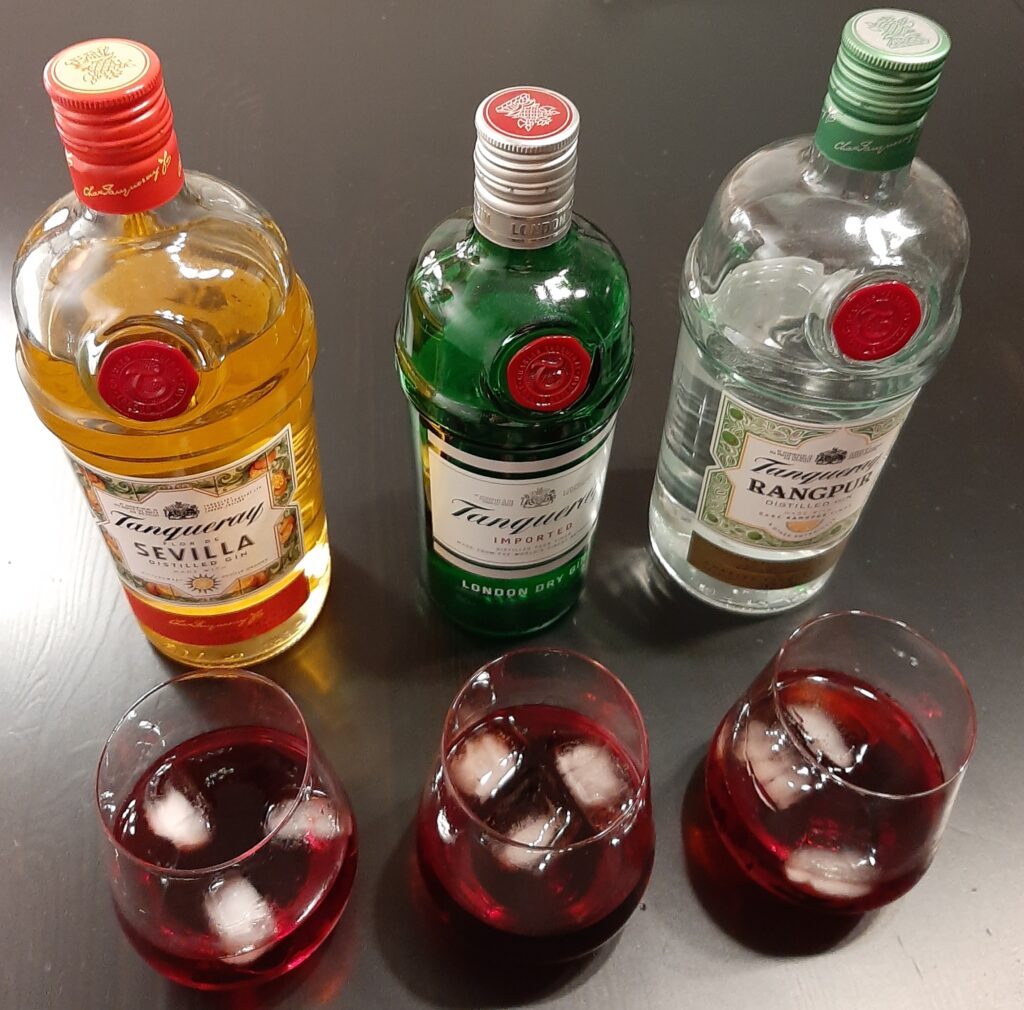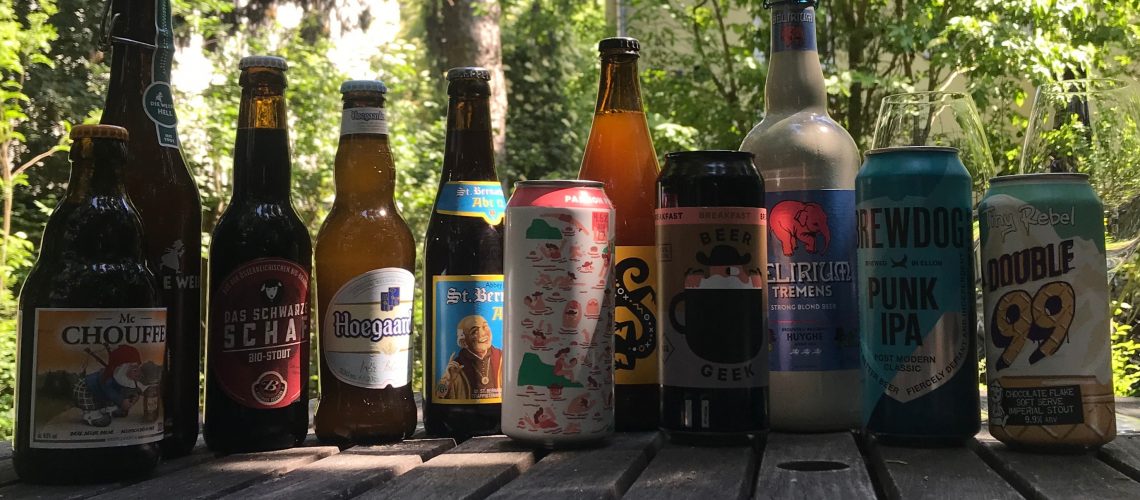Over the past few years, I have experienced a fairly drastic shift for the better when it comes to culinary experiences. Across the board, food and drinks have become more interesting and enjoyable. I attribute this welcome phenomenon to my increasingly frequent tastings. Sadly, many, especially those just beginning to explore wine or spirits, find tastings intimidating. Yet contrary to the mysticism some people associate with them, they are an easy, and incredibly rewarding practice to get accustomed to. By the end of this article, I hope to have inspired some to conduct their own.
To start, what even is a tasting? Merriam-Webster defines it as “an occasion for sampling a selection of foods or drinks in order to compare qualities”. The two crucial components then, are the sampling, a conscious analysis of the subjective experience of consuming any given food or drink, and the comparison to other foods or drinks.

To start, what even is a tasting? Merriam-Webster defines it as “an occasion for sampling a selection of foods or drinks in order to compare qualities”. The two crucial components then, are the sampling, a conscious analysis of the subjective experience of consuming any given food or drink, and the comparison to other foods or drinks.
But what is the point? In essence, tastings are a way of narrowing down which aspect of the item in question is responsible for which flavour. The best way to illustrate this is by example.
Let’s imagine someone trying their first ever alcoholic beverage. In this example, said beverage is a glass of 2006 Chianti Classico. Having tried a sip of this Chianti, our hypothetical taster would be faced with a large number of different flavours, but be completely unable to interpret them – this is their first alcoholic beverage, after all. The ethanol will be responsible for some, others may be common to any grape product, yet others caused by the process of vinification. The finer distinction of which flavours are specific to the region or which are characteristic to the grape variety is completely out of reach, not to mention variables like terroir or vintage. I’m young enough to remember when red wine just tasted of red wine to me, which is precisely the phenomenon I’m referring to.

Hand our hypothetical beginner a glass of whisky, and they should be able to deduce that any flavours found in only one of the two beverages cannot be common to all alcoholic beverages. Any flavours found in both, on the other hand, might be common to all ethanol. Then again, they could be common to barrel-aged beverages. Or their commonality might be sheer coincidence.
Hand them another glass, perhaps of Riesling, and they can further deduce that any flavours not shared with the Chianti cannot be common to all wine.
We could keep going, down to differently stored bottles of the same Chianti, but our beginner will at this point be struggling with their sobriety, so it might be best to end this thought experiment and get them a glass of water instead.
It will come as no surprise that I might enjoy a tasting, but to many people, they probably seem like a surefire way to ruin a nice glass of wine (or whatever else is being tasted). So why would I recommend them to everyone?
Let’s revisit the definition laid out previously. A tasting is the sampling of anything edible, if that subjective experience is consciously analyzed and compared to that of consuming a different item. What is not necessary, in my view, is that these items be consumed within a specific time frame. What I’ve come to discover is that I’ve been treating much of my daily sustenance, and certainly any experiences with new foods or drinks, as tastings. And honestly, it has made my life a fair bit better. Seriously, it’s a free way to make something we do on a daily basis more enjoyable!
So if you’ve been part of a tasting before, try to apply the same degree of attention and care to your next dinner. If you’ve never partaken in a tasting – you absolutely should. They’re great! But you don’t have to do that in order to be more mindful of what you eat.
So here’s my challenge to you: Whatever the next thing you eat or drink is, take your time with it. Before you take the first sip or bite, take just a moment to contemplate the aroma, see if you can distinguish any nuances. Then compare the flavour to the smell. Are they the same? Are some flavours more or less pronounced than the smell would have made you believe? Were some completely absent from the bouquet? I’d love to hear what you discover!

